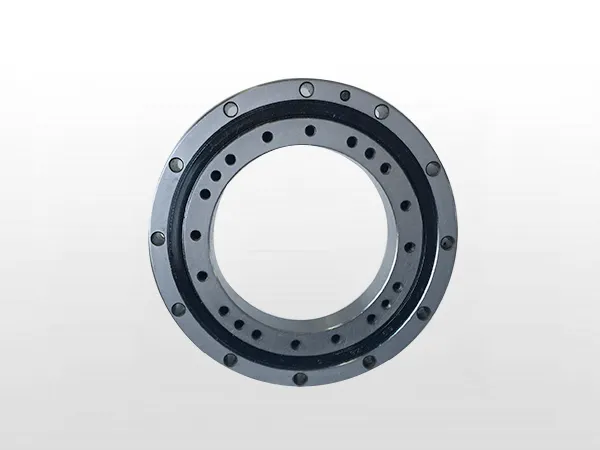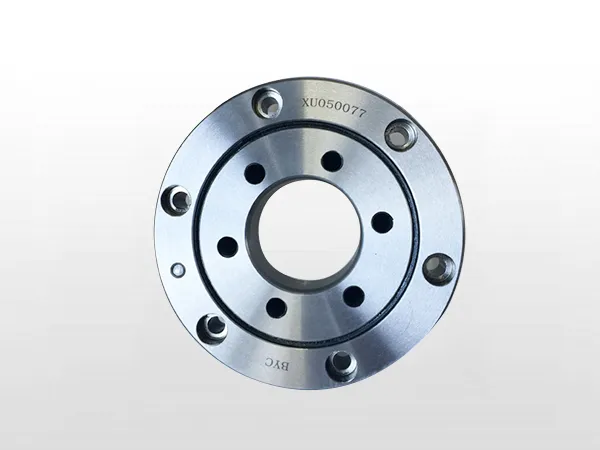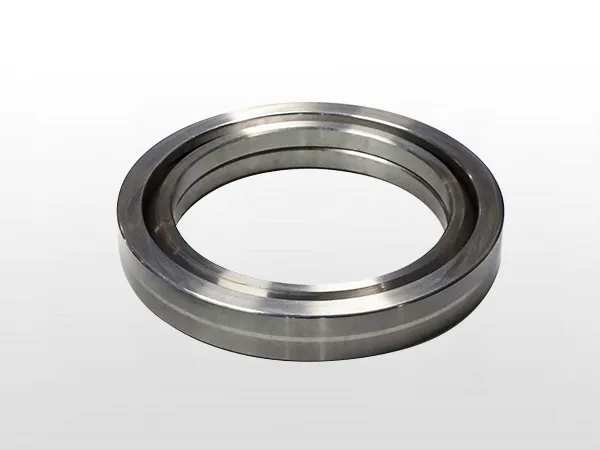Thin-walled bearings are designed with thin cross-sections relative to their diameter. They are used in applications where space is limited and the requirement is for reduced weight and friction. There are various types of thin-walled bearings, and their sizes can vary depending on the specific design and application.

Deep Groove Ball Bearings
Sizes: The sizes can vary widely, ranging from small bearings with an inner diameter of a few millimeters to larger bearings with several hundred millimeters in diameter.
Sizes: Angular contact thin-walled bearings come in various sizes, catering to different load and speed requirements. The dimensions typically include inner and outer diameters, width, and contact angle.
Four-Point Contact Ball Bearings
Sizes: These bearings are designed to handle both radial and axial loads. The sizes can range from relatively small to larger diameters, depending on the specific application.

Sizes: Cylindrical roller bearings have various sizes, including inner and outer diameters, width, and different configurations such as single-row, double-row, or multi-row designs.
Sizes: Tapered roller bearings have varying sizes based on factors like the cone and cup dimensions, which include inner and outer diameters, width, and cone angle.
Needle Roller Bearings
Sizes: Needle roller bearings are known for their compact size. They come in a range of sizes, especially in terms of the shaft diameter and overall length.

Sizes: Slewing bearings are used in applications requiring rotation and axial load support. Their sizes can vary significantly, with larger diameters for heavy-duty applications.
Sizes: These bearings are specifically designed with thin cross-sections. The sizes can vary based on the series, with common series like the "KA," "KB," "KC," etc.
It's important to note that specific sizes for thin-walled bearings can depend on the manufacturer and the series or type of bearing. When selecting a thin-walled bearing, it's crucial to consider the application requirements, load capacities, speed capabilities, and the available space. Detailed size information is typically provided in the bearing specifications or catalogs provided by the manufacturer.